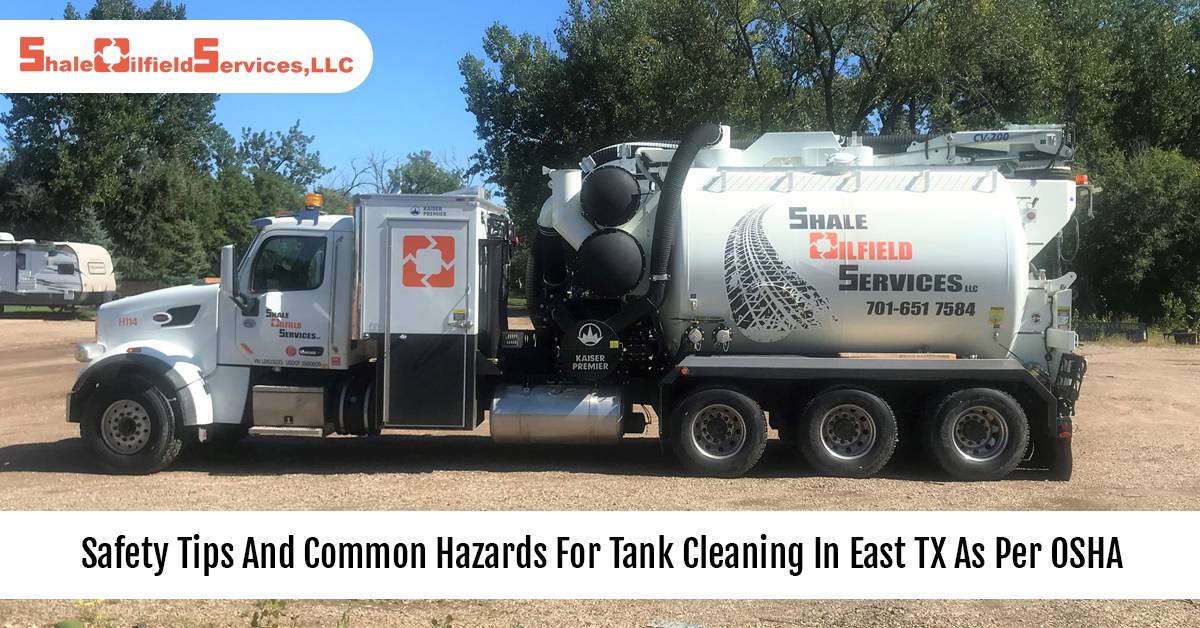As one of the leading tank cleaning providers for oilfield services in East TX selecting the right tank cleaner, which is right for the process can seem overwhelming.
However, the faster you can identify what needs to be cleaned and more specifically why, the more accurately you will be able to see and analyse the methods used to clean and precisely which equipment should be used.
According to statistics the right tank cleaning device can save up to 70% in time, chemicals, and water needed per cleaning cycle. A saving that directly impacts the bottom line and can increase the oil field’s or any plant’s productivity.
Hence if you are looking forward to upgrading, changing, or optimizing your Clean-in-Place (CIP) process here are a few questions that you must answer to find out what device will be needed for cleaning your tanks.
Along with this, you can also create a drawing of your tank – that can help you to answer these questions quickly.
What are the dimensions of your tank?
The exact size of your tank helps to determine the size of the device needed to clean it. For example, a device that is needed for cleaning a 10’ diameter tank would never suffice for cleaning a tank that is 30’ in diameter. This is because the effective range of the CIP fluids and the cleaning jets required for cleaning smaller-sized tanks would be too short to reach the walls of a large tank.
What is the nature of the residue?
As one of the leading providers of Hydrovac East TX, we always tell our customers to find out what they are trying to clean and what is the consistency of the substance.
This is because the nature of the debris or the residue will help us to determine the most effective device that will most efficiently clean the tank in the shortest time using the least water and CIP chemicals.
For example, a tank with dried residue will require a high-impact rotary head cleaner for optimized cleaning while a rotary spray head can be used for cleaning water-soluble residues.
What is the nature of the residue?
Next, you must find out what you are trying to clean and determine its consistency. It can be anything from oil to paint, flour to toothpaste, and everything in between.
It is the nature of the residue that will help to determine what type of device will be most effective for cleaning your tank in the shortest time.
For example, dried or baked residue may require a jet head that is rotating whereas a water-soluble residue can easily be cleaned using a spray head.
What are the available openings on the tank?
As the device needs to be able to fit, in tank cleaning, ensure that the size of the device must be able to fit in and out of the opening.
Also, do not forget the size of the drain. Cleaning fluids must adequately drain without pooling to allow the device to clean the bottom of the tank as well.
Conclusion
We hope with answers to these five questions, you are well on your way to ensuring that you select the most effective tank cleaning machine.You can also fix an appointment with us at Shale Oilfield Services. Our representatives shall visit you shortly and enlighten you with answers to your questions as one of the leading support staff of oilfield services in East TX.

